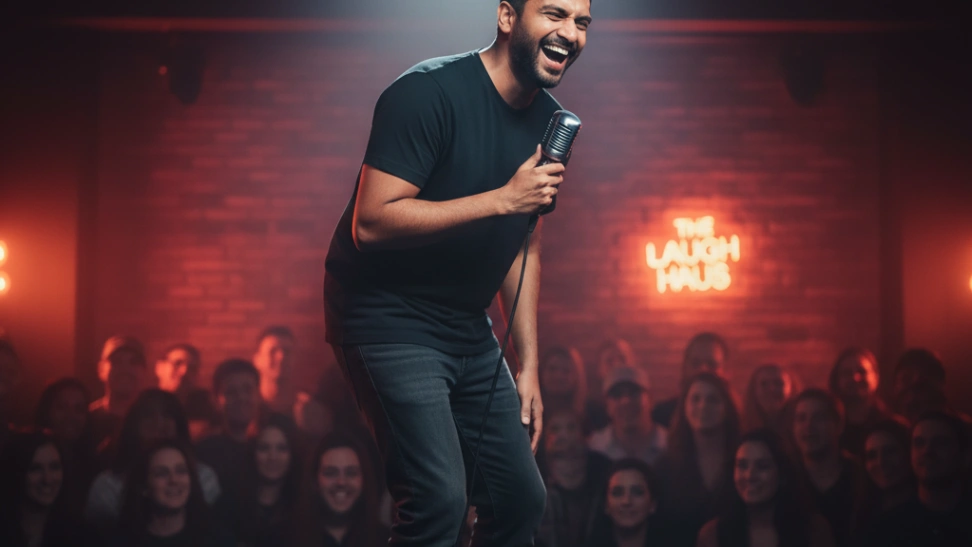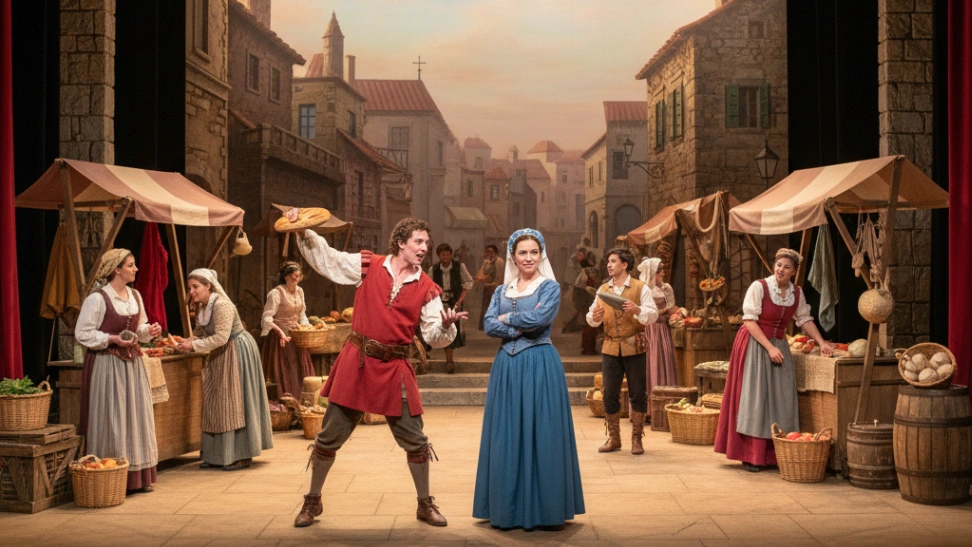At its heart, stand-up comedy is about finding your voice and sharing your unique perspective with the world through laughter. It involves meticulous joke writing, where every word, pause, and inflection is carefully considered for maximum comedic impact. Beyond the written material, a comedian's delivery, stage presence, and ability to engage with a live audience are paramount. This often includes improvisational "crowd work" – interacting with audience members in real-time, which demands quick wit and adaptability. The goal isn't just to tell jokes, but to build a connection, establish rapport, and take the audience on a comedic journey. It requires vulnerability, as comedians often draw from personal experiences, failures, and observations, transforming them into relatable and hilarious narratives. The act of making a room full of strangers laugh, sometimes uncontrollably, is an intoxicating reward, affirming the power of shared human experience and the universal language of humor. It’s a constant learning process, where even seasoned veterans refine their craft through endless performance and self-critique, pushing the boundaries of their comedic range and understanding. The dynamic nature of live performance means that no two shows are ever exactly alike, even with the same material, adding to the thrill and challenge of the art form. The relationship between performer and audience is symbiotic; the energy generated by one feeds into the other, creating a unique, ephemeral bond in the moment of shared mirth. The best stand-up transcends mere jokes, offering sharp social commentary, insightful observations about the human condition, or simply a much-needed escape from the everyday. It demands not only comedic talent but also an understanding of rhythm, timing, and the psychological underpinnings of laughter, making it a truly multifaceted art.
The roots of stand-up comedy can be traced back through various performance traditions, from ancient Greek and Roman satirists to medieval court jesters and the solo performers of vaudeville and minstrel shows in the late 19th and early 20th centuries. These early entertainers often combined music, storytelling, and comedic monologues. However, modern stand-up as we know it began to solidify in the United States, particularly in the post-World War II era. Figures like Lenny Bruce challenged societal norms with his controversial, stream-of-consciousness style, pushing the boundaries of free speech and laying groundwork for observational and subversive comedy. The 1960s and 70s saw the rise of iconic clubs like The Improv and Catch a Rising Star in New York and The Comedy Store in Los Angeles, which became crucibles for new talent and distinct comedic voices. Comedians like Richard Pryor and George Carlin emerged, using their platforms to blend humor with profound social commentary, addressing issues of race, politics, and everyday life with unprecedented candor and depth. The advent of television specials and late-night talk shows further amplified their reach, bringing stand-up into millions of homes. The 1980s and 90s witnessed a boom in comedy, with countless clubs opening and comedians achieving superstar status, leading to a golden age of diverse styles and personalities. In the digital age, the landscape has evolved once more, with online platforms and social media providing new avenues for aspiring comedians to find their audience and refine their craft, ensuring that this ever-evolving art form continues to thrive and adapt to contemporary culture. The tradition of stand-up, therefore, is not static; it continually reinvents itself, reflecting and commenting on the times in which it lives.
The journey into stand-up comedy typically begins with extensive observation and note-taking. Comedians constantly analyze life around them, looking for absurdities, ironies, and universal truths that can be twisted into a joke. This raw material is then meticulously crafted into bits – short comedic routines that can range from a single punchline to a multi-layered story. Writing for stand-up is a unique skill; it's concise, rhythmic, and designed to be spoken. Aspiring comedians often spend hours refining their material, cutting unnecessary words, and experimenting with different deliveries to maximize the impact of each laugh. The next crucial step is performing at open mics, where comedians test their new material in front of a live, often indifferent, audience. This stage is brutal but essential. "Bombing" – failing to get laughs – is an inevitable and frequent occurrence. It’s a baptism by fire that teaches resilience, humility, and the critical skill of adapting on the fly. Through repeated performances, comedians learn to gauge audience reactions, understand timing, and build a "set" – a collection of reliable jokes and stories that consistently land. This process is iterative, involving writing, performing, reviewing, rewriting, and performing again, ad infinitum. Developing a strong, distinctive comedic voice takes years of dedication, trial, and error, and an unwavering commitment to the craft. The ability to listen to feedback, both from the audience and peers, is vital for growth, allowing a comedian to hone their comedic sensibilities and truly understand what resonates with people. It is a relentless pursuit of comedic perfection, knowing full well that perfection is an elusive, ever-shifting target.
Despite being a solo performance, stand-up comedy thrives on community. Open mic nights are not just stages for performance but also gathering places where comedians meet, share experiences, and offer constructive criticism. The camaraderie among fellow strugglers, united by the shared experience of late-night gigs and the occasional triumph, forms a vital support system. As comedians gain experience, they might start getting "spots" on curated shows, leading to paid gigs and opportunities to perform in larger venues. Networking within the comedy scene is crucial for progression, as bookers, club owners, and more experienced comedians can provide valuable advice and opportunities. The ultimate goal for many is to develop a polished, hour-long special, secure television appearances, or tour nationally. However, the path is rarely linear, filled with setbacks and moments of self-doubt. Success in stand-up isn't just about talent; it’s about persistence, a thick skin, and an insatiable desire to connect through humor. It’s a lifestyle choice that demands sacrifices but offers unparalleled creative freedom and the profound satisfaction of making the world a little brighter, one laugh at a time. The journey is continuous, marked by personal growth, evolving material, and an ever-deepening understanding of what makes people laugh, ultimately shaping not just an entertainer, but a more astute observer of life itself.



